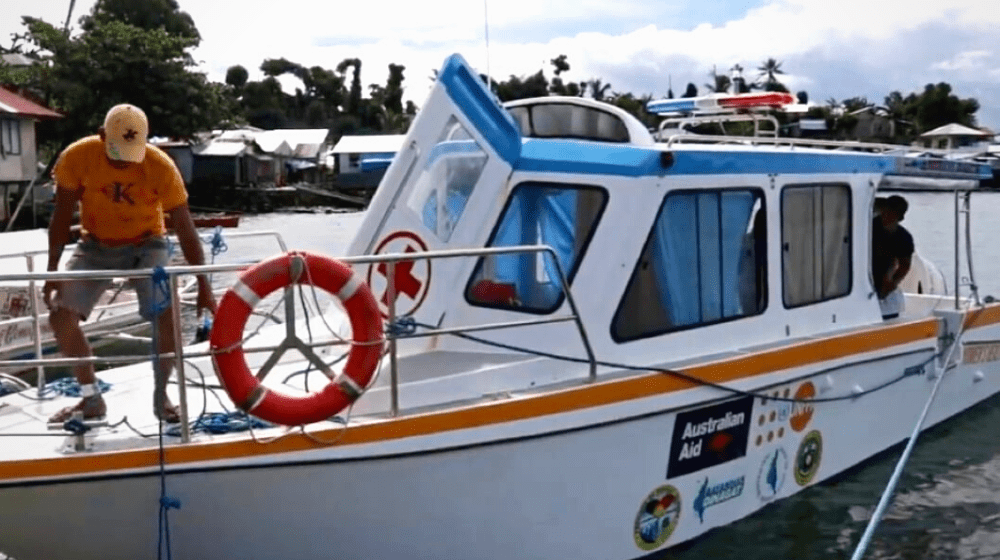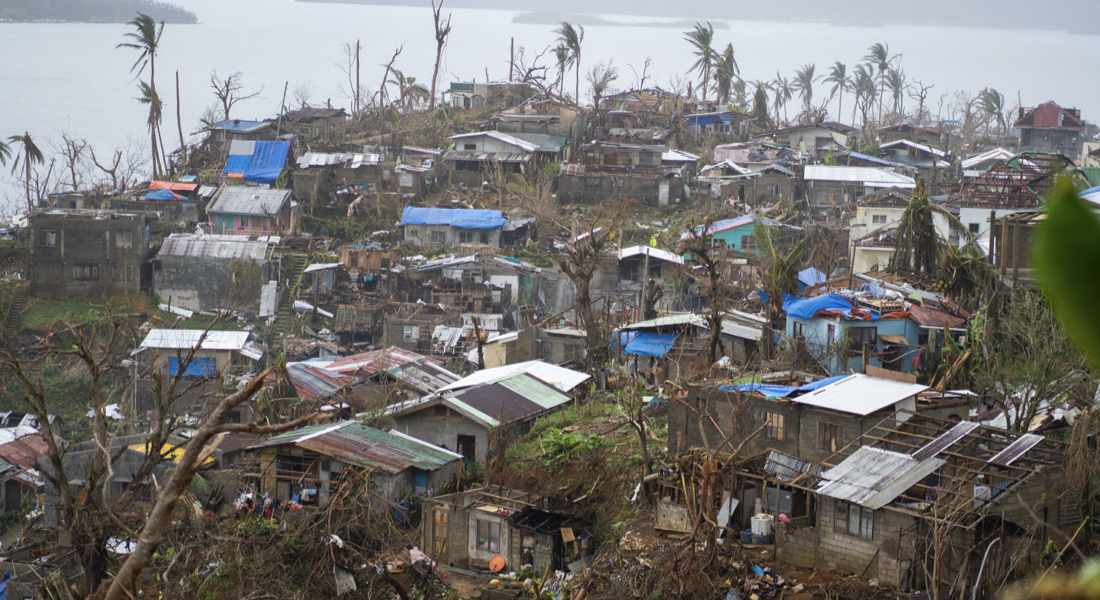
Typhoon Rai, or Odette as the megastorm is called in the Philippines, hit the southern part of the country in December 2021 affecting 16 million people. Climate change-fueled storms are devastating health infrastructure and leaving women and girls more at risk of maternal mortality in countries like the Philippines where access to services in remote areas has been tenuous for decades.
UNFPA and partners are looking at new ways to increase access to life-saving services for women in disasters. Through targeted innovations like mobile birth clinics, cash and vouchers for transport and custom-built sea ambulances, UNFPA is helping cover the ‘last mile’ to ensure that all women are able to safely give birth, especially during emergencies.
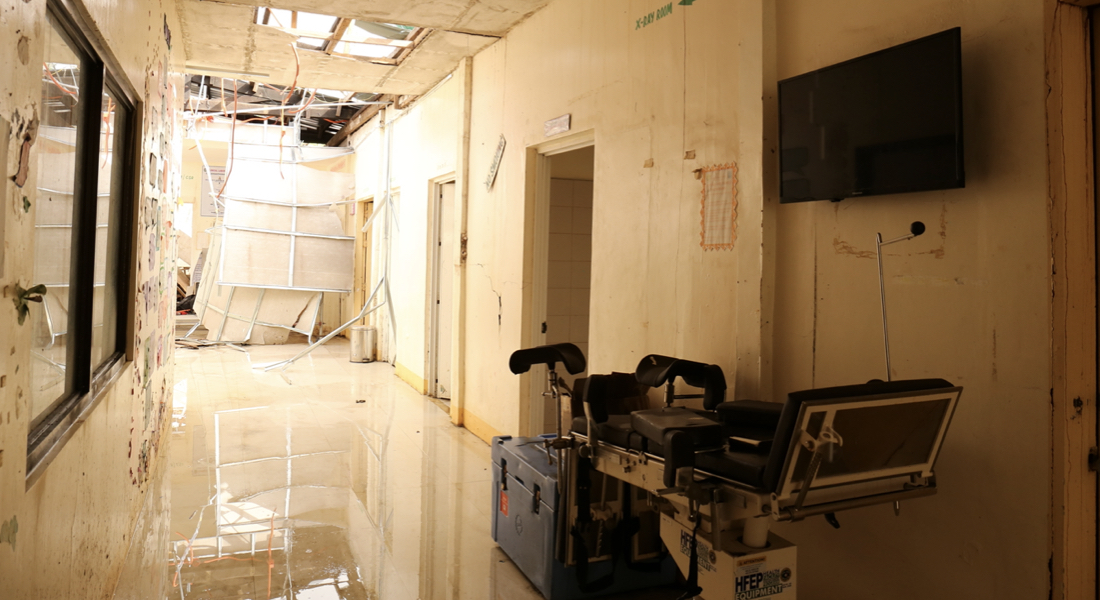
Women’s Health on Water
Following Typhoon Rai, UNFPA and the Australian government provided a sea ambulance for the province in July 2022, to support pregnant women living in isolated islands. Many services and surgical procedures such as cesarean delivery are only available in hospitals on the mainland, which takes at least 2 hours to reach. “Women die due to the waves, due to the lack of transportation options and the lack of phone signals since they can't call for help,” says Dr. Vin-Johan Manlapaz, provincial health officer in Dinagat Islands.
But with the sea ambulance it only takes 30 minutes, ensuring that more lives are saved during emergencies. The sea ambulance was custom-made to withstand the waves of Dinagat Islands and is equipped with medical equipment and supplies to transport pregnant women in need of medical care.
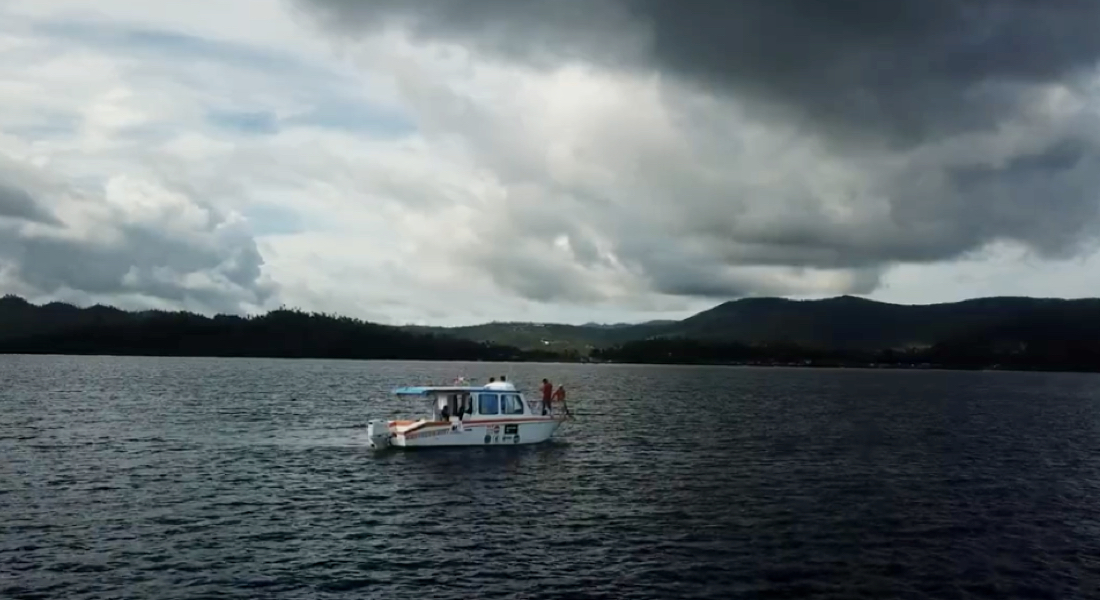
“Instead of thinking of my own survival, I really wanted my baby to live,” says Fantiare Dalar. When she went to the hospital in Dinagat, the doctor told her that she needed to be sent to the mainland right away. “I was bleeding, but I didn’t think I was already in labor. The bleeding didn’t stop. They said it's already dangerous for me and the baby and I’m not yet due to give birth, I need to be referred to Surigao on the mainland because they were unable to perform the cesarean operation at the local hospital.” The sea ambulance brought her to Surigao where she gave birth safely. She was the first woman to give birth with the support of the sea ambulance. From July to September 2022, the sea ambulance supported 53 patients, including 5 high-risk pregnant women.
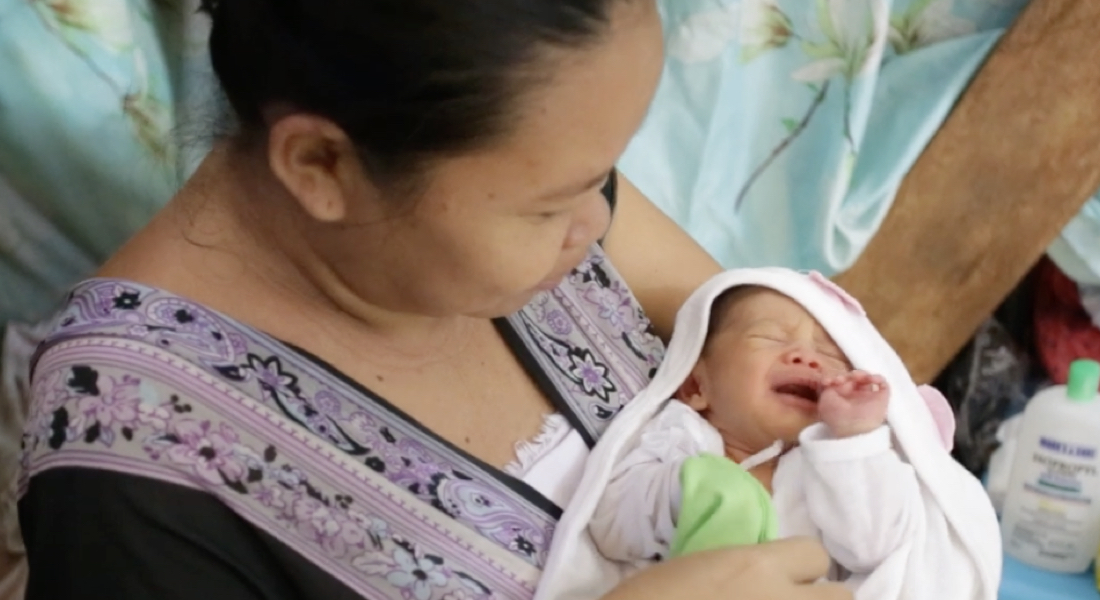
“Before the sea ambulance we would tell the patients, even emergency referrals, to find their own transportation to the city,” says Dr. Lorraine Paulino from Dinagat District Hospital. “They usually rent a boat and the cost is 5000- 6000 Php (approx USD$100) but most of the patients cannot afford it. It takes hours to find a boat to rent because some boat owners do not want to take the risk at night, especially when the weather is bad.”
The sea ambulance has a bed with a privacy curtain, a baby cot, oxygen supplies, a power generator, a stretcher, a refrigerator for medicines, an IV holder, and an air purifier, as well as a siren, search lights, life vests, VHF (very high frequency) radios, lifebuoy and a fire extinguisher.
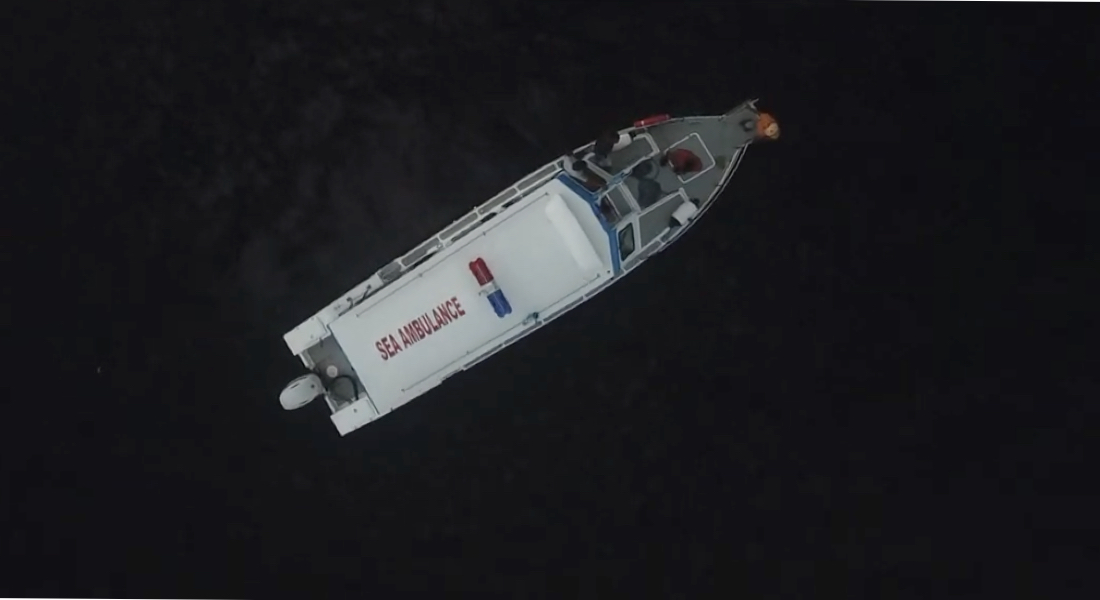
Cash and Vouchers
As part of the humanitarian response to displacements due to internal conflict in Lanao del Sur province, UNFPA Philippines implemented cash assistance as an incentive for pregnant women to access sexual and reproductive health (SRH) services. UNFPA and partners encouraged pregnant women to access antenatal care, facility-based delivery and post-natal care through a cash incentive and by having pregnant women partner with traditional birth attendants. The project resulted in an increased number of women attending their first antenatal care visit (from 31 % of women in the community prior to the introduction of cash assistance to 96 % after its implementation) and an increased number of first postnatal care visits (from 38% to 87%). UNFPA continues to provide cash for pregnant women to access SRH in the Philippines, especially in response to recent humanitarian emergencies, since trained midwives are most effective when financial barriers are removed and women can access the care they need to have a safe birth.
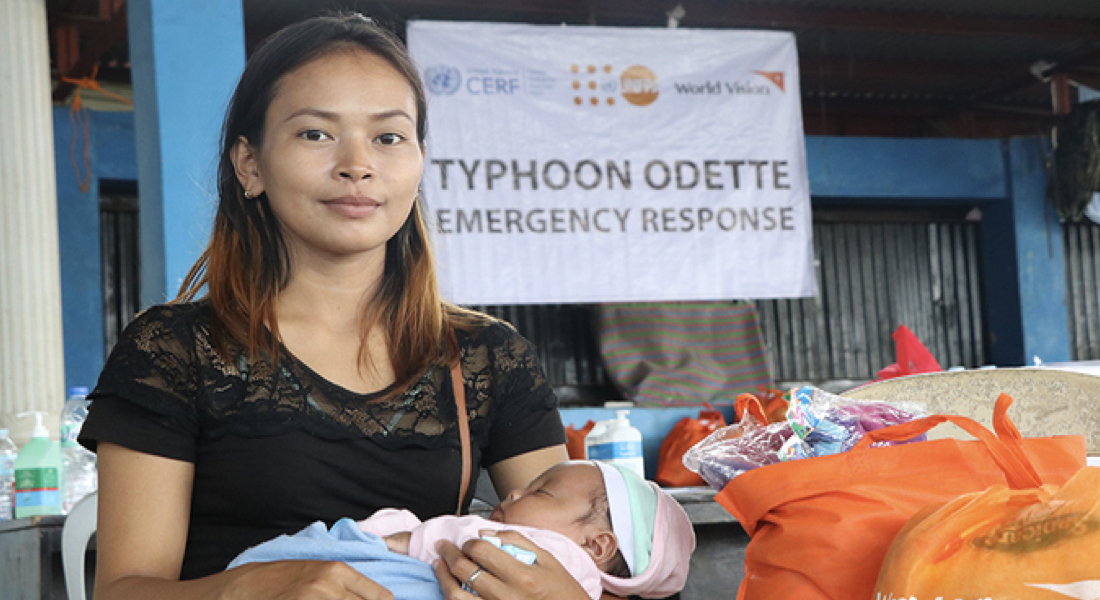
“I had to prioritize my family's basic needs, setting aside time and resources for my visits to the health center was a luxury I couldn't afford at that time,” says Joy. She received cash for health assistance as part of UNFPA's response for sexual and reproductive health and gender-based violence for the Typhoon Rai affected communities. UNFPA’s cash assistance program alleviates the financial barriers that prevent pregnant and postpartum women and adolescent girls from seeking services to meet their sexual and reproductive health needs, as well as gender-based violence prevention and response support. READ MORE
Women’s Health on Wheels
Women’s Health on Wheels is a mobile birthing facility that provides ad hoc maternal and reproductive health care for women when hospitals and rural health units are destroyed because of disasters. It supports basic emergency obstetric and neonatal care to assure safe childbirth in the aftermath of an emergency.
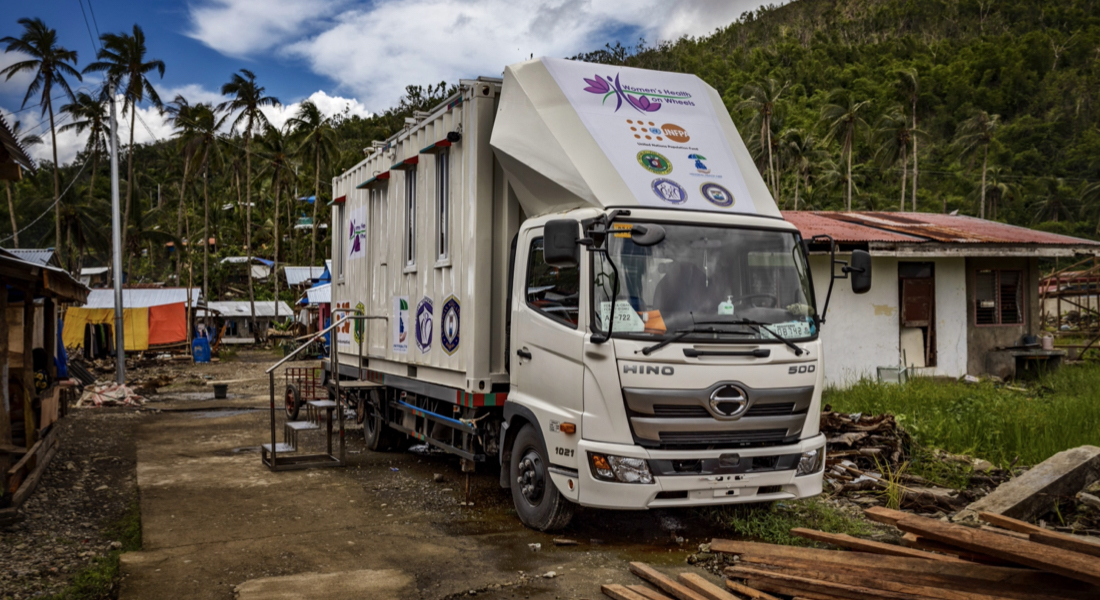
“Our house was gone. The wind was howling and we could smell petrol fuel that leaked from the fishing boats. I wanted to run to the mountains with my two young children,” says Mariel. Mariel says Typhoon Rai ripped through her community, peeled over roofs, blew away houses, and forced thousands of people to flee their homes. Mariel was able to find shelter at a friend’s house. Being seven months pregnant in the middle of a disaster was a crisis within a crisis as the town’s health infrastructure was destroyed and people had no access to health services. “One day, a white truck was in the community, and someone told me that they have health services there.” Mariel says. “I did not believe them, but I eventually went there and my worries were gone.”
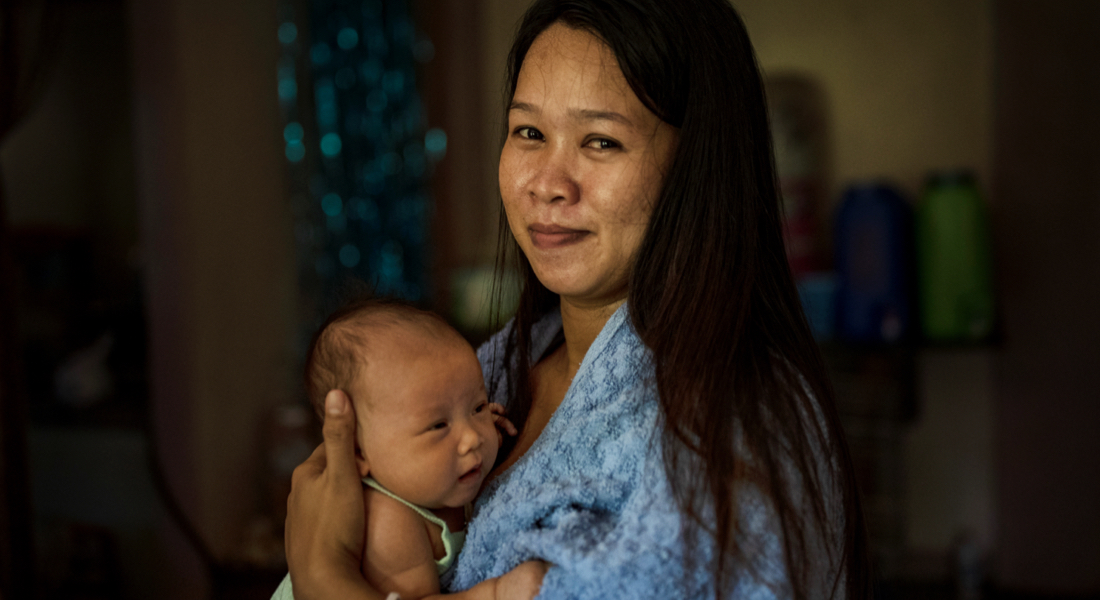
Because it is mobile, the truck, which was deployed in early 2022, can reach remote areas and provide rapid response to women in dire need of health care. The mobile clinics were used in the response to Typhoon Rai which struck the Philippines in December 2021. As of December 2022, it has served 2,087 patients. READ MORE

